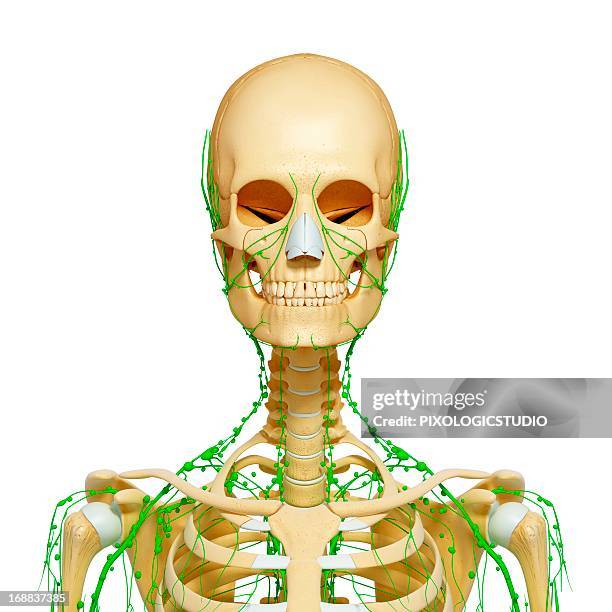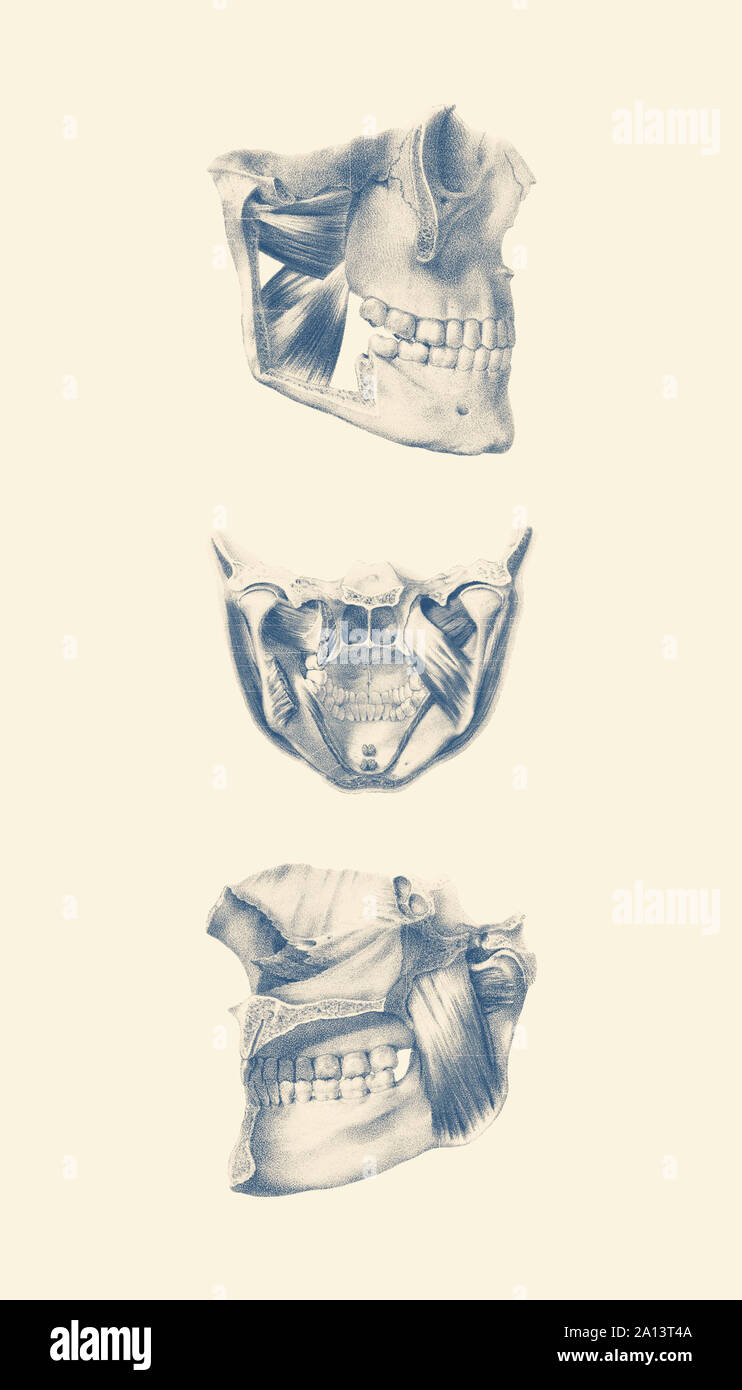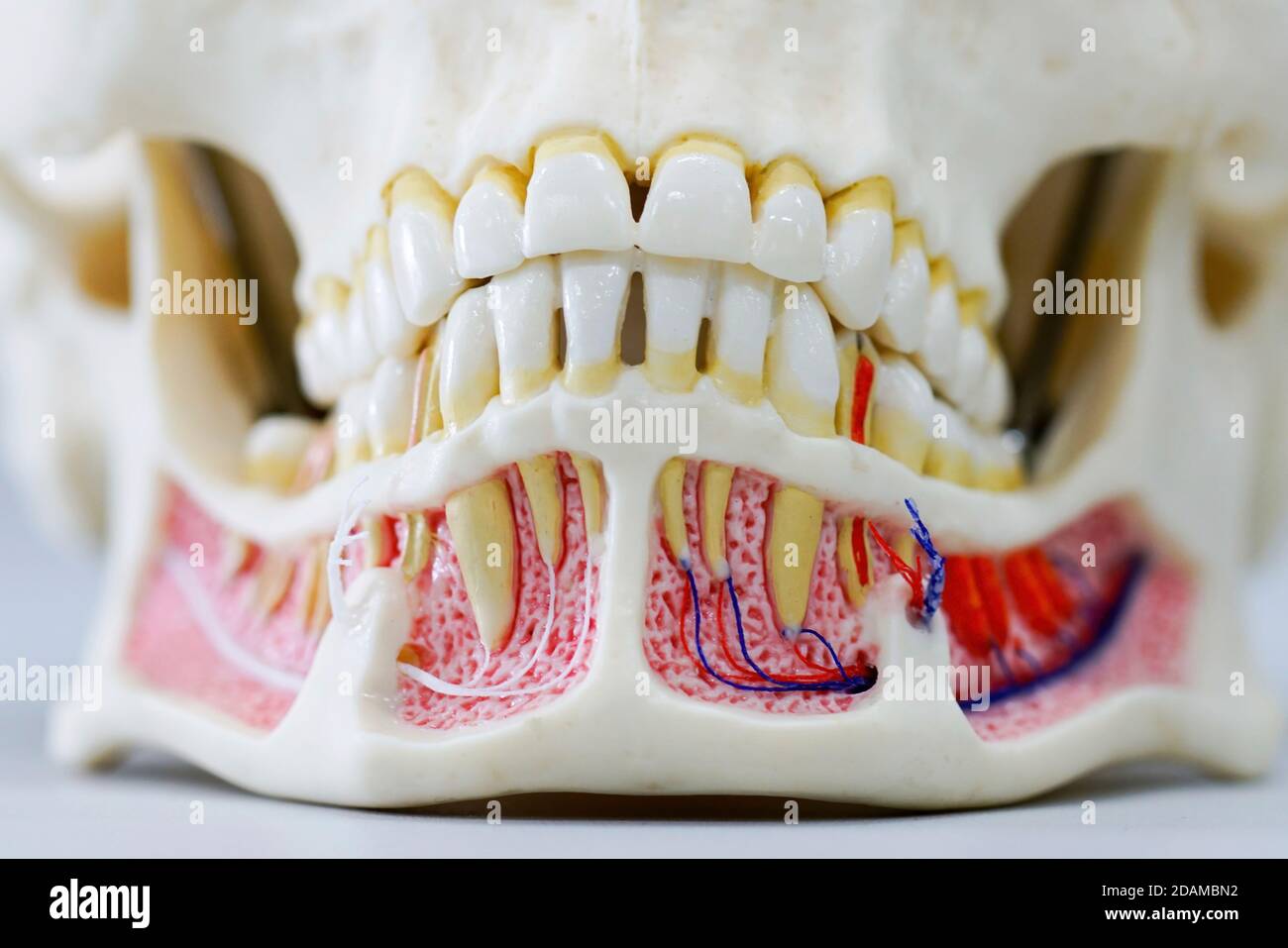Kaakpijn oorzaak en behandeling met 3 oefeningen Biology Diagrams Learn about the structure, attachments, foramina and fractures of the mandible, the largest and strongest bone of the face. The mandible forms the lower jaw and holds the lower teeth, and articulates with the temporal bone to form the temporomandibular joint.

Human lower jaw viewed from the left The jaws are a pair of opposable articulated structures at the entrance of the mouth, typically used for grasping and manipulating food. The term jaws is also broadly applied to the whole of the structures constituting the vault of the mouth and serving to open and close it and is part of the body plan of humans and most animals.

Anatomy, Head and Neck, Temporomandibular Joint Biology Diagrams
Learn about the mandible/lower jaw bone definition, where it is located, its anatomy, parts (ramus, body, processes), structure, & what it does, with labeled diagram

The mandible is the largest bone in the human skull, forming the lower jawline and shaping the contour of the inferior third of the face (see Image. Mandible Anatomy).[1] Articulation with the skull base at the bilateral temporomandibular joints allows a range of movements facilitated by associated muscles, including dental occlusion with the maxilla (see Image. Jaw Anatomy, Lateral View). The The key parts of your jaw's anatomy include: Jaw Bones: The TMJ is formed by two bones: the mandible (your lower jawbone) and the temporal bone (a bone on the side of your skull). How Cartilage Supports Jaw Function: A fibrocartilaginous disc sits between these bones, acting like a cushion and allowing for smooth gliding movements.

TeachMeAnatomy Biology Diagrams
The mandible is the largest bone of the facial skeleton and the only mobile bone of the skull. Learn more about its anatomy and structure on Kenhub!

The temporomandibular joint (TMJ), or jaw joint, is a synovial joint that allows the complex movements necessary for life. It is the joint between condylar head of the mandible and the mandibular fossa of the temporal bone. Learn how the jaws, teeth, and TMJs shape the face and affect chewing, speaking, breathing, and appearance. Find out about common jaw alignment problems and their causes and treatments.
